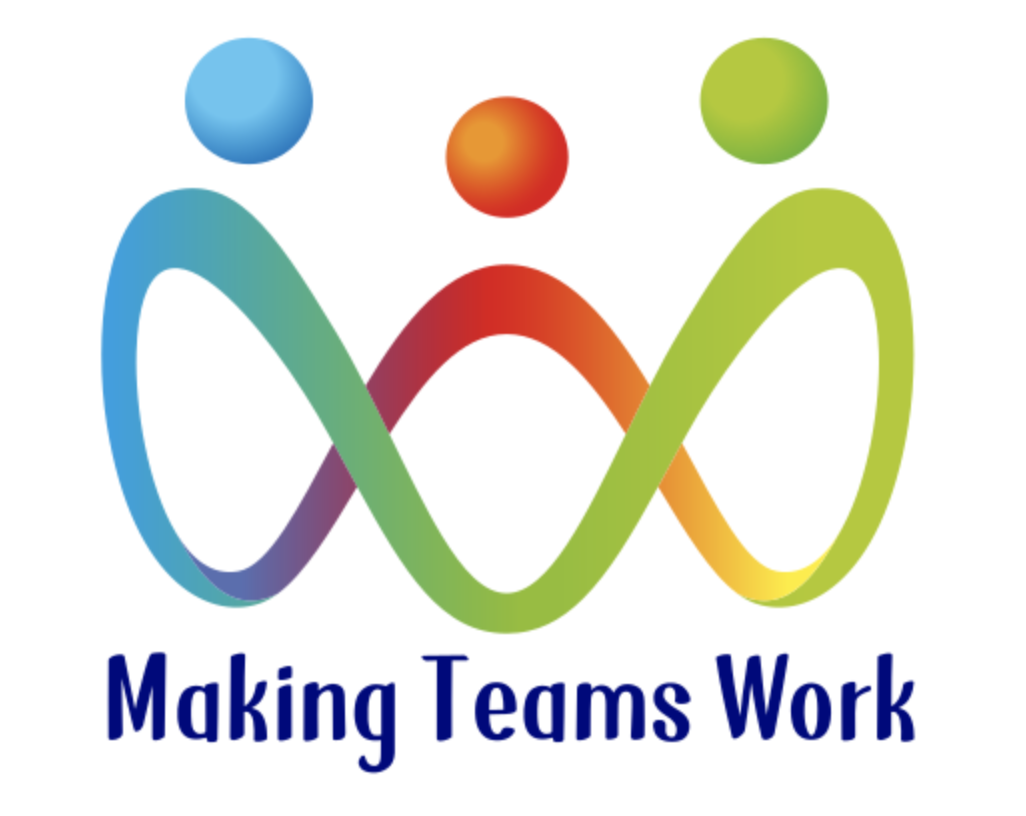Nothing new here.
Flexible working is not new. The pandemic has just accelerated something that has been happening for decades. Even 15 years ago at HP, I was leading a remote team spread across the face of the globe, some of whom were working at home, at least occasionally. Sure, we didn’t have the video-conferencing technology we have today, but we were able to work well while separated.
Today, we have this kind of working named as ‘Hybrid’ as well as flexible. What’s the difference? Simply put, hybrid is an arrangement of in-office and out-office working that is defined by the organisation, while flexible means workers defining their own working arrangements. Not really that different, as you’ll see.
Now, more than ever, it’s more about having and using the right skills or tools. They may be rusty, or not even in your toolbox yet.
Three key words.
From reading many articles across the spectrum from Harvard to the CIPD, three keys emerge for success in this new work world. Be Deliberate, create Clarity and encourage Flexibility.
Be more deliberate
It used to be possible to allow things to happen organically, from staff catching up with one another, or leaders catching up with staff, to social Friday evening drinks. Now we have to be more deliberate - planning the time when an impromptu social could happen, or finding out when you can catch up with a colleague.
If you've worked across time zones pre-pandemic, then you're used to this. You can't just ring someone up when it's convenient for you, or leave a crucial question to the last minute. Before you complete a piece of work, you have to bear in mind when the other person is available. Perhaps we need to start thinking about our colleagues as if they were living in another time zone. In some cases, they might as well be!
To account for so many of us working from home, we need to be more deliberate about our boundaries - both the boundaries of when we do and don’t work, as well as the boundaries of how we can be contacted. We need support one another to set and maintain those boundaries.
How and when we're going to manage performance is also now much more important. As human beings, we are hard-wired for belonging. So physical separation can create anxiety as well as a sense of disconnect from one's colleagues. This can be reduced by having more frequent and shorter, focused, quarterly reviews - which aligns well with the pre-pandemic strategy many organisations have adopted of moving to quarterly planning. Twelve weeks is long enough to get something meaningful done while short enough to retain our focus.
This need for feeling we belong reaches into team ethos too. We can no longer rely on team ethos being maintained “by osmosis”. We now have to create deliberate opportunities to build and maintain it. Research has shown that there are certain things for which we need to gather together. Team bonding is one of those. Consider a regular – perhaps monthly – team face-to-face day, supplemented with a daily check-in via your remote working platform.
It falls to leaders to deliberately create a strong and robust sense of belonging, consider the emotional chemistry of a team and how people feel about their work and role. Build trust through giving it, and create a shared sense of purpose and identity with real connections – even if there’s no obvious work need.
Create clarity
When we were mainly face-to-face, it was possible to get by with slightly vague outcomes. Now that we can’t make course-corrections based on visibility, we need greater clarity on the outputs rather than the inputs. This makes a command and control style of leadership finally redundant (apart from the obvious exceptions.) You can’t rely on people ‘just getting it’ or noticing that they are off-track and ‘having a quick word’ any more.
Outcomes will have to link back to strategic objectives. That will be harder work for those in leadership positions, but much better for our people. And this is especially true where a team is built around a common function rather than a common deliverable.
Take a Corporate Comms team, as an example. Often the individuals within the team are working on disparate projects that only they own. There’s no obvious need, when working remotely, to get together. Clarifying the strategic objectives of the team’s projects makes the team members feel united in a common cause, instead of just being physically together. And this has an additional benefit of enabling remote team members to self-motivate. Everyone has a part to play in the game of work. Make it always obvious what the score is.
A lot of the work required for clarity must be leader-driven. Clear, actionable and timely feedback on performance will be your primary tool as a leader with remote staff. The ‘feedback sandwich’ will not cut it here. You need a robust tool and the skills to use it – as well as the confidence and willingness to do so. Read more here on feedback if need be. Let’s make the passing of poor performers between teams a thing of the past, and embrace our role as leaders in growing everyone. Being willing to have these difficult conversations is going to be a key enable in making flexible-hybrid working work.
Encourage flexibility
This shift to hybrid/flexible work is unprecedented. There is very little (I only found one pre-2019 reference, while there are many papers currently under review) research available to draw on. So we have to be flexible.
As we move to working in-office again, the one particular piece of research we can draw on was conducted in 2015 by Nicholas Bloom (Stanford) at an organisation called Ctrip in China. The 500-person experiment was to explore the impact of working 4-days a week from home over a 9-month period. For the first 3 months everyone was happy, but by the end of the experiment, half of the group wanted to return to being office- based. And these were people with a dedicated working space at home. So, while technology has significantly changed since then, we could anticipate a drift back to office-based working in the medium term.
Whether that will be driven by psychological factors such as isolation and loneliness; or practical ones such as having a suitable space to work from while at home is not the main point here. The key is that we will need to try things out, while not being wedded to either the outcome or the longevity of the solution. It could be a costly mistake to just quit commercial rented property if we’re to discover a year hence that we have lost essential people and productivity.
In closing
Many of these points need to be driven by team or organisational leaders. If that’s you, you are probably wondering how it’s going to all fit in. It’s going to require a shift from you too, away from ‘doing’ as well as leading, to a more deliberate focus on just leading. Mainly leading by example – so only working in the office on the agreed days, maintaining better boundaries, and speaking truth to power when things can’t be done rather than sucking up the overspill yourself.
I’m not suggesting you’ll be idle, but you’ll be leading. And that will be better for you as much as it will everyone else. Humble yourself instead of making leadership all about you. As @frannyo on twitter writes “Those who can’t fully humble themselves and immerse their listening and curiosity into what applicants and employees expect for their futures will lose.”
When we are more deliberate, clearer and more flexible, we’ll see improvements in health, in-work/out-work balance, in climate, cities and communities, equality, retention and recruitment. Let’s make it work.
As always, post a comment or tweet me @JonathanRees_ - I'd love to have a conversation!


